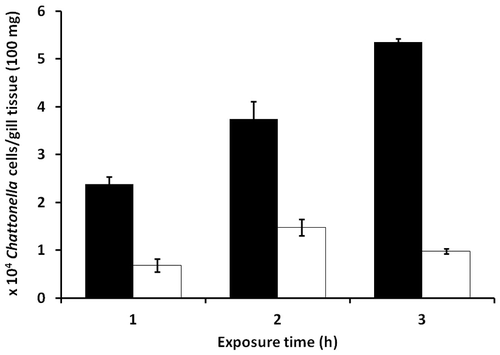Figures & data
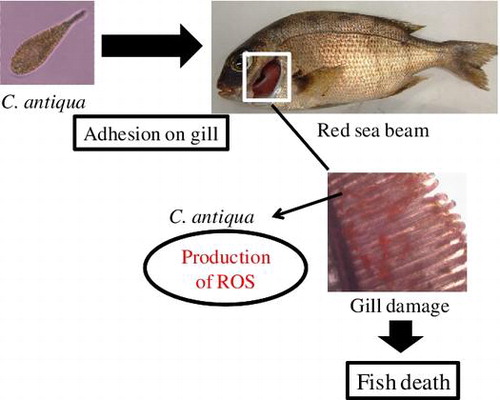
Fig. 1. Fish mortality after exposure to Chattonella marina and Chattonella antiqua.
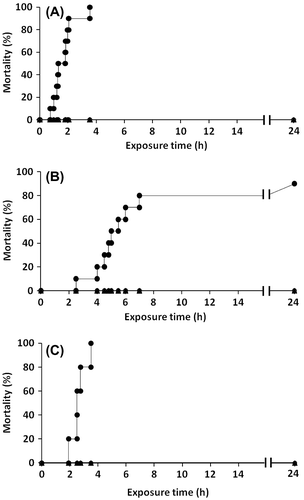
Fig. 2. Cell density-dependent toxicities of C. antiqua against red sea bream in comparison with C. marina.
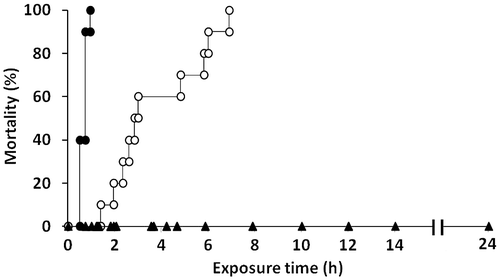
Fig. 3. L-012-mediated chemiluminescence responses of C. marina (△, ▲) and C. antiqua (○, ●).
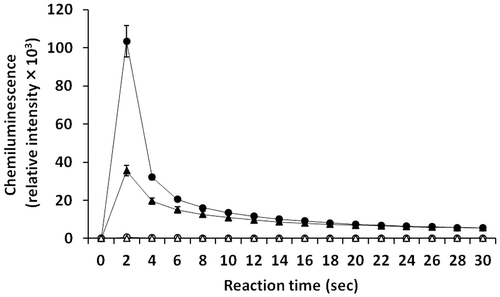
Fig. 4. ESR spectra of DMPO spin adducts obtained with (A) C. antiqua (40,000 cells/mL) and (B) C. marina (40,000 cells/mL).

Fig. 5. Effects of sodium benzoate on the mortality of blue damselfish exposed to C. antiqua.
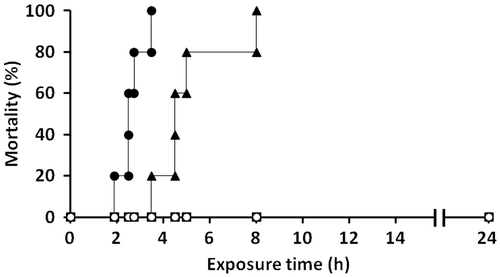
Fig. 6. Fish-killing activity and ROS-producing activity of ruptured C. antiqua cells.
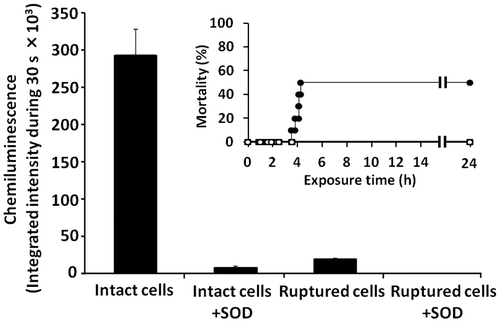
Fig. 7. Estimation of cell numbers of C. marina and C. antiqua associated with the gills of blue damselfish exposed to the flagellates at 20,000 cells/mL.
